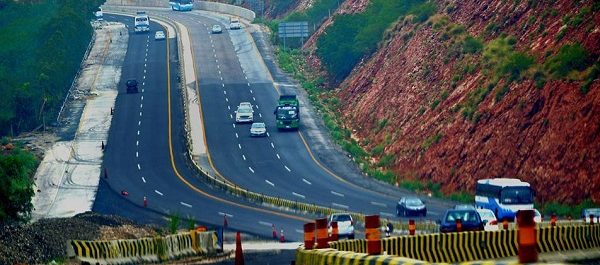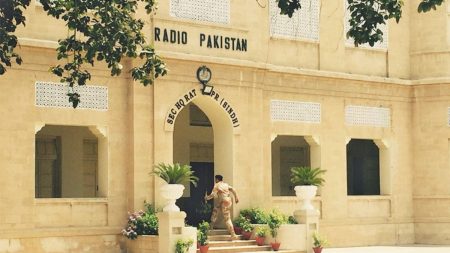ISLAMABAD, March 24: The National Highway Authority (NHA) has reported a worrying trend of declining gross profits due to an increasing expenditure burden that is outpacing its income growth.
Over the past three years, the NHA’s financial health has been deteriorating, with its gross profit for FY2022 standing at Rs45.77 billion, only to drop by 52% to Rs21.84 billion in FY2023.
The situation worsened in FY2024, as gross profit further declined by about 34% to just Rs14.28 billion.
Despite growing its income streams from toll operations, right-of-way (ROW) charges, rental income, police fines, and build-operate-transfer projects, the NHA has struggled with escalating operational costs.
It reported a 24% increase in its overall income, reaching Rs97 billion in FY2024, up from Rs78.4 billion in FY2023, which had seen a 6% increase compared to the previous year.
However, its expenditures grew at an even faster pace, jumping 46% to Rs83 billion in FY2024, compared to Rs56.5 billion in FY2023 and a staggering 100% increase from Rs28 billion in FY2022.
External Factors
The NHA attributed these rising costs primarily to external factors, including financial adjustments and accounting issues, particularly those stemming from non-cash expenditures such as finance costs on the Public Sector Development Program (PSDP) loans, exchange losses on foreign loans, and depreciation.
While the NHA maintains that these deficits are mainly due to accounting adjustments, the Ministry of Finance has expressed concerns over the broader financial implications.
Read More: NHA Awards Rs120bn CAREC Tranche-III Project to Chinese Firm Amid Bidding Controversy
The NHA reported net deficits of Rs318 billion in FY2024, down from Rs413 billion in FY2023, which had seen an alarming 146% surge from Rs168 billion in FY2022.
While the NHA claims that these deficits do not represent real financial losses, the ministry is concerned about the escalating debt burden, which includes Rs3.1 trillion in outstanding loans.
With an annual debt accretion rate of Rs300 billion and a growing interest obligation, the NHA’s debt servicing costs are projected to rise to more than Rs150 billion annually.
This poses a substantial credit risk to the government of Pakistan, which guarantees these loans.
Fiscal Risk Exposure
In addition, the ministry pointed out the increasing financial strain due to sovereign guarantees for public-private partnership (PPP) contracts, which further exacerbates the government’s fiscal risk exposure.
The NHA’s reliance on government support for debt servicing, coupled with its limited revenue generation capabilities, is putting additional pressure on Pakistan’s fiscal stability, especially if loan defaults or liquidity crises arise.
Read More: NHA Loans Reaches Up to Rs 3.1 Trln
The Ministry of Finance categorized the NHA’s financial issues into three major risk areas: credit risk, due to its escalating debt and interest obligations; market risk, from fluctuations in financial conditions; and operational risk, arising from the NHA’s reliance on external funding and the efficiency of its revenue generation mechanisms.
These growing financial risks, if not addressed, could lead to greater instability for both the NHA and the government’s fiscal outlook.









